Home>Technology>Security & Surveillance>How To Use A Yale Door Lock
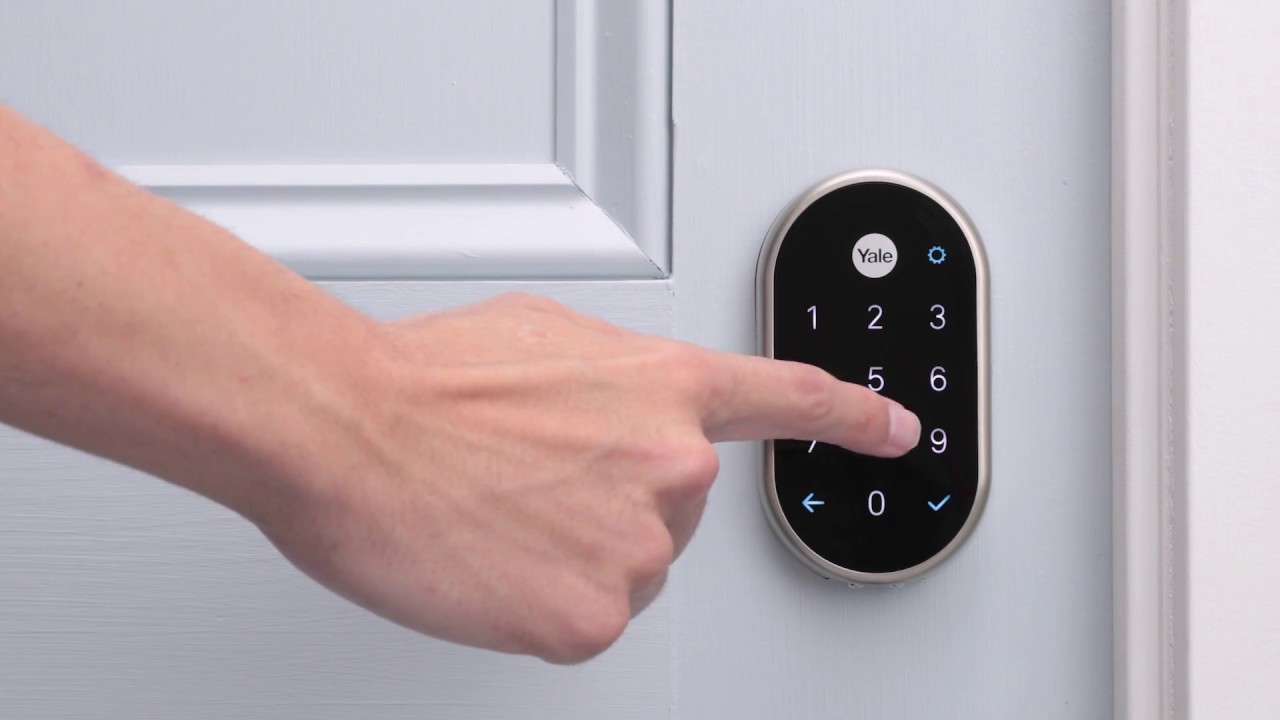

Security & Surveillance
How To Use A Yale Door Lock
Modified: January 9, 2024
Learn how to effectively use a Yale door lock for enhanced security and surveillance. Discover expert tips and best practices for optimal protection.
(Many of the links in this article redirect to a specific reviewed product. Your purchase of these products through affiliate links helps to generate commission for Storables.com, at no extra cost. Learn more)
**
Introduction
**
Welcome to the world of smart home security! In this article, we'll delve into the fascinating realm of Yale door locks, exploring how to use them effectively to safeguard your home and loved ones. As technology continues to revolutionize the way we secure our living spaces, it's essential to stay informed about the latest advancements in home security.
Yale door locks represent a pinnacle of innovation, seamlessly blending cutting-edge technology with robust security features. Whether you're a tech enthusiast or simply someone looking to bolster your home's defenses, understanding how to use a Yale door lock is a valuable skill in today's fast-paced world.
In the following sections, we'll unravel the intricacies of Yale door locks, from gaining a comprehensive understanding of their functionality to preparing and utilizing them effectively. Additionally, we'll address common troubleshooting issues that may arise, ensuring that you're well-equipped to navigate any challenges that come your way.
So, without further ado, let's embark on this enlightening journey into the realm of Yale door locks, empowering you to harness the full potential of this advanced security technology.
**
Key Takeaways:
- Yale door locks offer advanced security features like biometric recognition and remote access, providing convenience and robust protection for your home. Prepare and familiarize yourself with the lock’s features for seamless integration.
- Troubleshoot common issues such as connectivity problems and unresponsive keypads to ensure your Yale door lock continues to deliver reliable performance, empowering you to navigate the dynamic landscape of modern security technology.
Read more: How To Open A Yale Door Lock
Understanding the Yale Door Lock
**
Before delving into the operational aspects of a Yale door lock, it's crucial to grasp the core mechanisms and features that define this innovative security solution. Yale door locks are designed to offer a seamless blend of convenience and robust protection, catering to the evolving needs of modern homeowners.
One of the defining features of Yale door locks is their integration with smart home technology. These locks can be connected to your home's Wi-Fi network, allowing you to control and monitor them remotely via a dedicated mobile app. This level of connectivity empowers you to manage access to your home from anywhere, providing unparalleled peace of mind.
Moreover, Yale door locks often boast advanced security features such as biometric recognition, keypad entry, and tamper alerts. Biometric recognition enables authorized individuals to unlock the door using their unique fingerprints, adding an extra layer of security. Keypad entry allows for secure code-based access, while tamper alerts notify you of any unauthorized attempts to manipulate the lock.
Another key aspect of Yale door locks is their compatibility with voice assistants like Amazon Alexa and Google Assistant. By leveraging voice commands, you can effortlessly control your door lock, further streamlining the home security experience.
Furthermore, the durability and tamper-resistant design of Yale door locks make them a formidable barrier against intrusion. These locks are engineered to withstand forced entry attempts, ensuring that your home remains a safe haven for you and your family.
By understanding the innovative features and capabilities of Yale door locks, you can harness their full potential to fortify your home's security infrastructure. In the subsequent sections, we'll explore the practical steps involved in preparing for and utilizing a Yale door lock, empowering you to take full advantage of this state-of-the-art security solution.
**
Preparing to Use the Yale Door Lock
**
Before embarking on the journey of utilizing a Yale door lock to safeguard your home, it’s essential to undertake a few preparatory steps to ensure a seamless and secure integration. These preparatory measures are pivotal in optimizing the functionality and reliability of the door lock, laying a solid foundation for its effective utilization.
First and foremost, familiarize yourself with the specific model of Yale door lock you have acquired. Whether it’s a keyless smart lock with biometric access or a keypad-enabled variant, understanding its unique features and operational nuances is paramount. Refer to the user manual provided by Yale or access online resources to gain comprehensive insights into your lock’s capabilities.
Next, ensure that the door and door frame are in optimal condition to accommodate the Yale lock. Check for any misalignments, obstructions, or structural issues that may hinder the smooth installation and operation of the lock. Addressing these concerns beforehand can prevent potential complications down the line.
If you’re integrating a smart Yale door lock that connects to your home’s Wi-Fi network, verify the strength and stability of the Wi-Fi signal in the vicinity of the lock. A reliable Wi-Fi connection is essential for seamless remote access and monitoring capabilities. Consider installing Wi-Fi range extenders if the signal strength is suboptimal.
Furthermore, if your Yale door lock supports biometric recognition, enroll the fingerprints of authorized individuals as part of the initial setup process. This ensures that the biometric access feature is ready for use, streamlining the authentication process for authorized users.
Prior to installation, gather all the necessary tools and components as per the manufacturer’s recommendations. This may include screws, mounting plates, batteries, and any additional accessories required for the installation and setup of the Yale door lock.
Finally, if you’re integrating the Yale lock into a broader smart home ecosystem, such as a home automation system or a voice assistant platform, ensure that the necessary integrations and configurations are in place. This may involve linking the lock to your home automation hub or configuring its compatibility with voice assistants for hands-free control.
By meticulously preparing for the deployment of your Yale door lock, you can set the stage for a seamless and effective utilization experience. The next section will delve into the practical steps involved in using the Yale door lock to fortify your home’s security, empowering you to leverage its advanced features with confidence and ease.
**
When using a Yale door lock, always make sure to fully close the door before attempting to lock it. This ensures that the lock mechanism aligns properly and securely.
Using the Yale Door Lock
**
Now that you’ve laid the groundwork for integrating the Yale door lock into your home security infrastructure, it’s time to explore the practical steps involved in using this advanced security solution to safeguard your living space. Whether you opt for the convenience of keyless entry or the enhanced security of biometric recognition, harnessing the full potential of the Yale door lock is within your reach.
If your Yale door lock is equipped with a keypad, familiarize yourself with the process of creating and managing access codes. These codes serve as secure alternatives to traditional keys, allowing authorized individuals to unlock the door with personalized combinations. Ensure that the codes are unique, easy to remember for authorized users, and sufficiently complex to deter unauthorized access.
For Yale door locks featuring biometric recognition, enroll the fingerprints of authorized individuals as part of the setup process if you haven’t done so already. This enables seamless and secure access for authorized users, leveraging the cutting-edge biometric technology to fortify your home’s defenses.
Integrate your Yale door lock with the dedicated mobile app provided by the manufacturer. This app serves as a centralized platform for managing and monitoring the lock, offering remote access, activity logs, and tamper alerts. Familiarize yourself with the app’s interface and functionalities to leverage its full potential in enhancing your home security experience.
Explore the remote access capabilities of your Yale door lock, allowing you to lock or unlock the door from anywhere using the mobile app. This feature provides unparalleled convenience and flexibility, enabling you to grant access to visitors or service providers remotely while maintaining tight control over your home’s security.
Utilize the voice assistant integration, if available, to control the Yale door lock using voice commands. This streamlined interaction enhances the accessibility and convenience of managing your home security, allowing for hands-free operation of the lock through voice prompts.
Regularly monitor the battery status of the Yale door lock and replace the batteries as needed to ensure uninterrupted operation. Maintaining optimal battery levels is crucial for the consistent functionality of the lock, preventing potential access disruptions due to low power.
By embracing the diverse features and capabilities of the Yale door lock, you can elevate your home security to new heights, enjoying a seamless blend of convenience, accessibility, and robust protection. The next section will address common troubleshooting issues associated with Yale door locks, empowering you to tackle potential challenges with confidence and expertise.
**
Troubleshooting Common Issues
**
While Yale door locks are engineered to deliver reliable and robust performance, occasional issues may arise that require troubleshooting to ensure smooth operation. By familiarizing yourself with common challenges and their solutions, you can proactively address any issues that may impact the functionality of your Yale door lock.
1. Connectivity Problems: If you encounter issues with the remote connectivity of your Yale door lock, such as difficulty accessing the lock via the mobile app, start by checking the Wi-Fi signal strength and ensuring that the lock is within range of a stable Wi-Fi connection. If the issue persists, power cycle the lock by removing and reinserting the batteries, then attempt to reconnect it to the Wi-Fi network following the manufacturer’s instructions.
2. Unresponsive Keypad: In the case of a keypad-enabled Yale door lock, an unresponsive keypad can be a source of frustration. Begin by checking the battery levels and replacing them if necessary. If the keypad remains unresponsive, verify that the keypad is clean and free from debris or moisture, as these factors can impede its functionality. Additionally, refer to the user manual for any specific troubleshooting steps related to the keypad.
3. Biometric Recognition Issues: If the biometric recognition feature of your Yale door lock experiences reliability issues, ensure that the enrolled fingerprints are clean and free from any smudges or residue. Re-enroll the fingerprints of authorized users to refresh the biometric data, and consider adjusting the sensitivity settings of the biometric sensor if available, as this can enhance recognition accuracy.
4. Mobile App Malfunctions: Should you encounter malfunctions or errors within the mobile app associated with your Yale door lock, consider updating the app to the latest version to benefit from bug fixes and performance enhancements. If the issue persists, reach out to the manufacturer’s customer support for guidance and potential troubleshooting steps specific to the app.
5. Battery Drainage: If the batteries of your Yale door lock deplete rapidly, verify that the batteries are of high quality and compatible with the lock’s specifications. Additionally, reduce the frequency of unnecessary remote operations and consider adjusting the auto-lock settings to optimize battery life without compromising security.
By addressing these common issues with a methodical approach and leveraging the resources provided by the manufacturer, you can maintain the optimal functionality of your Yale door lock, ensuring that it continues to serve as a stalwart guardian of your home’s security.
**
Read more: How To Remove Yale Door Lock
Conclusion
**
Congratulations on embarking on this enlightening journey into the realm of Yale door locks! Throughout this exploration, we’ve uncovered the intricacies of these advanced security solutions, gaining a deeper understanding of their features, functionality, and troubleshooting measures. As you navigate the landscape of modern home security, the knowledge and insights gleaned from this guide will serve as invaluable assets in fortifying your living space.
Yale door locks represent a convergence of cutting-edge technology and robust security, offering a harmonious blend of convenience, accessibility, and protection. By harnessing the diverse features of these locks, from keypad entry to biometric recognition, you can elevate your home security to new heights, fostering a sense of safety and control.
As you prepare to integrate a Yale door lock into your home, remember the importance of thorough preparation, familiarization with the lock’s features, and seamless integration with your smart home ecosystem. By laying a solid foundation, you set the stage for a seamless and effective utilization experience, empowering you to leverage the full potential of your Yale door lock.
Whether you opt for remote access, voice assistant integration, or biometric recognition, the versatility of Yale door locks caters to a diverse array of security preferences, offering tailored solutions to meet your specific needs. Embrace the convenience of managing your home security from the palm of your hand, the peace of mind that comes with advanced tamper alerts, and the seamless integration with voice assistants for effortless control.
As you embark on your journey with a Yale door lock as a stalwart guardian of your home’s security, remember that occasional challenges may arise. By proactively addressing common issues such as connectivity problems, unresponsive keypads, and biometric recognition glitches, you can ensure that your Yale door lock continues to deliver reliable and robust performance.
With this comprehensive understanding of Yale door locks and their seamless integration into your home security ecosystem, you’re well-equipped to navigate the dynamic landscape of modern security technology. Embrace the empowerment that comes with harnessing the full potential of Yale door locks, and revel in the peace of mind that stems from knowing that your home is fortified by state-of-the-art security solutions.
As you embark on this transformative journey, may your home security endeavors be marked by seamless integration, unwavering reliability, and unparalleled peace of mind, courtesy of Yale door locks.
Frequently Asked Questions about How To Use A Yale Door Lock
Was this page helpful?
At Storables.com, we guarantee accurate and reliable information. Our content, validated by Expert Board Contributors, is crafted following stringent Editorial Policies. We're committed to providing you with well-researched, expert-backed insights for all your informational needs.
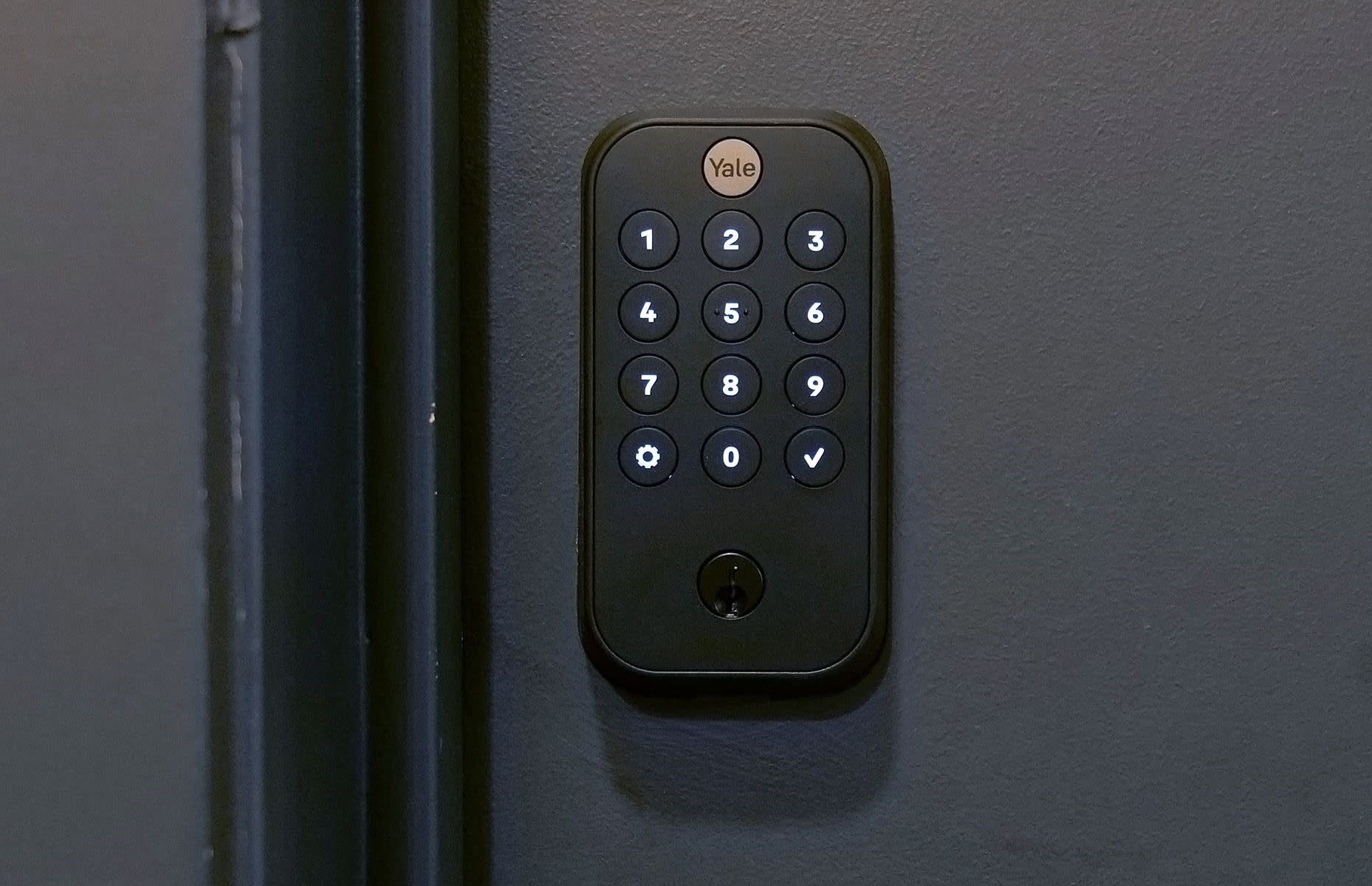
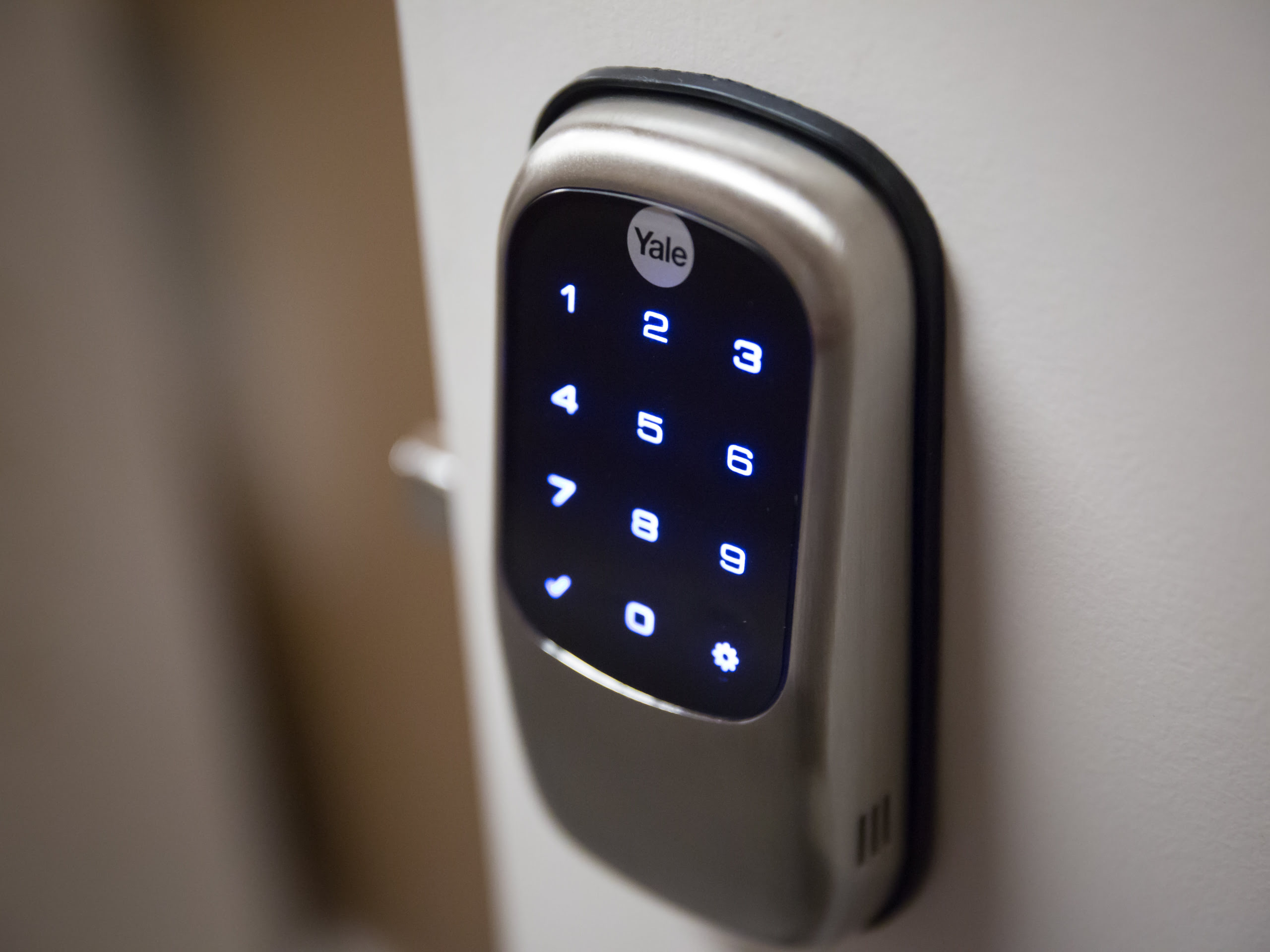
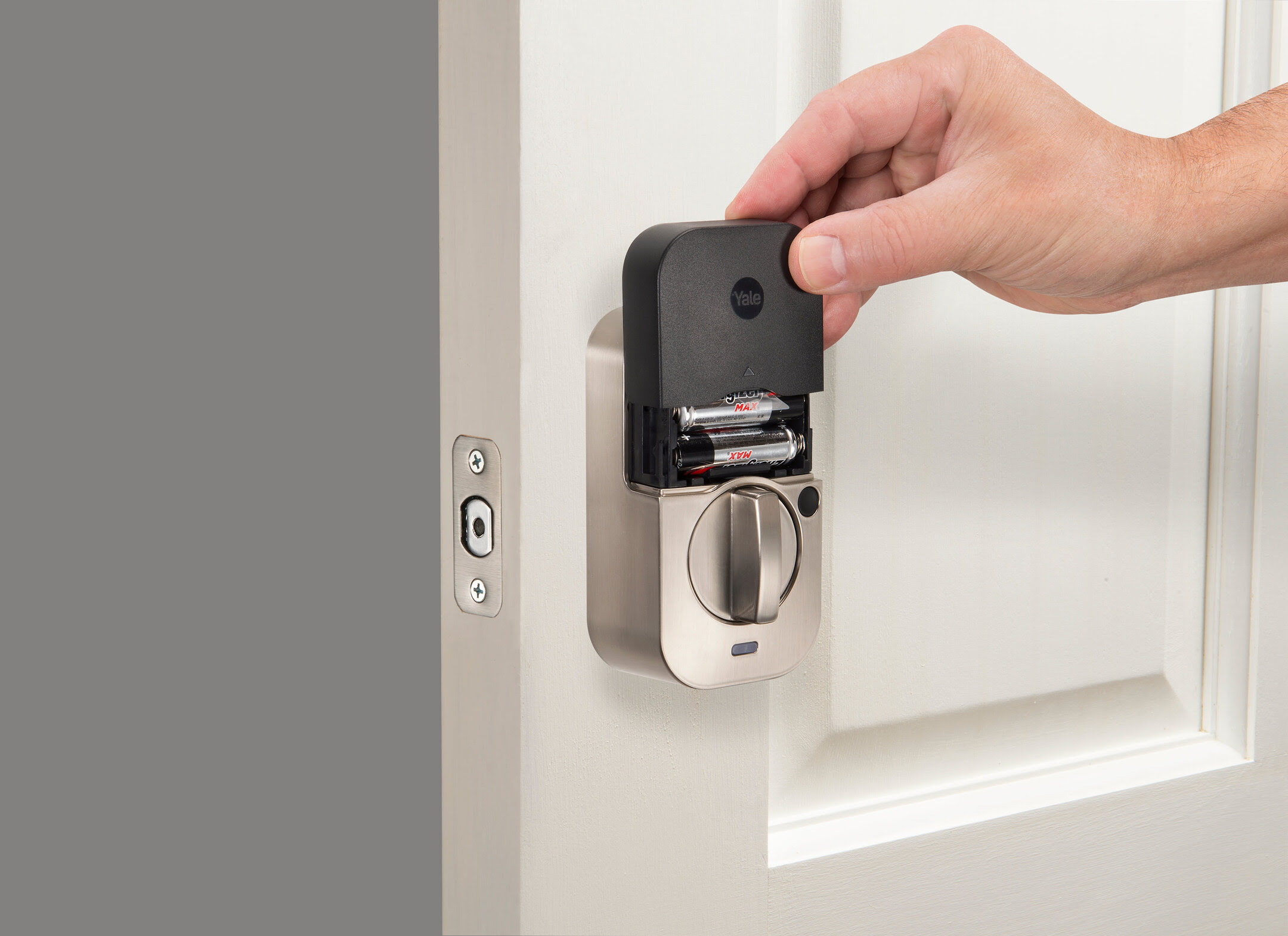
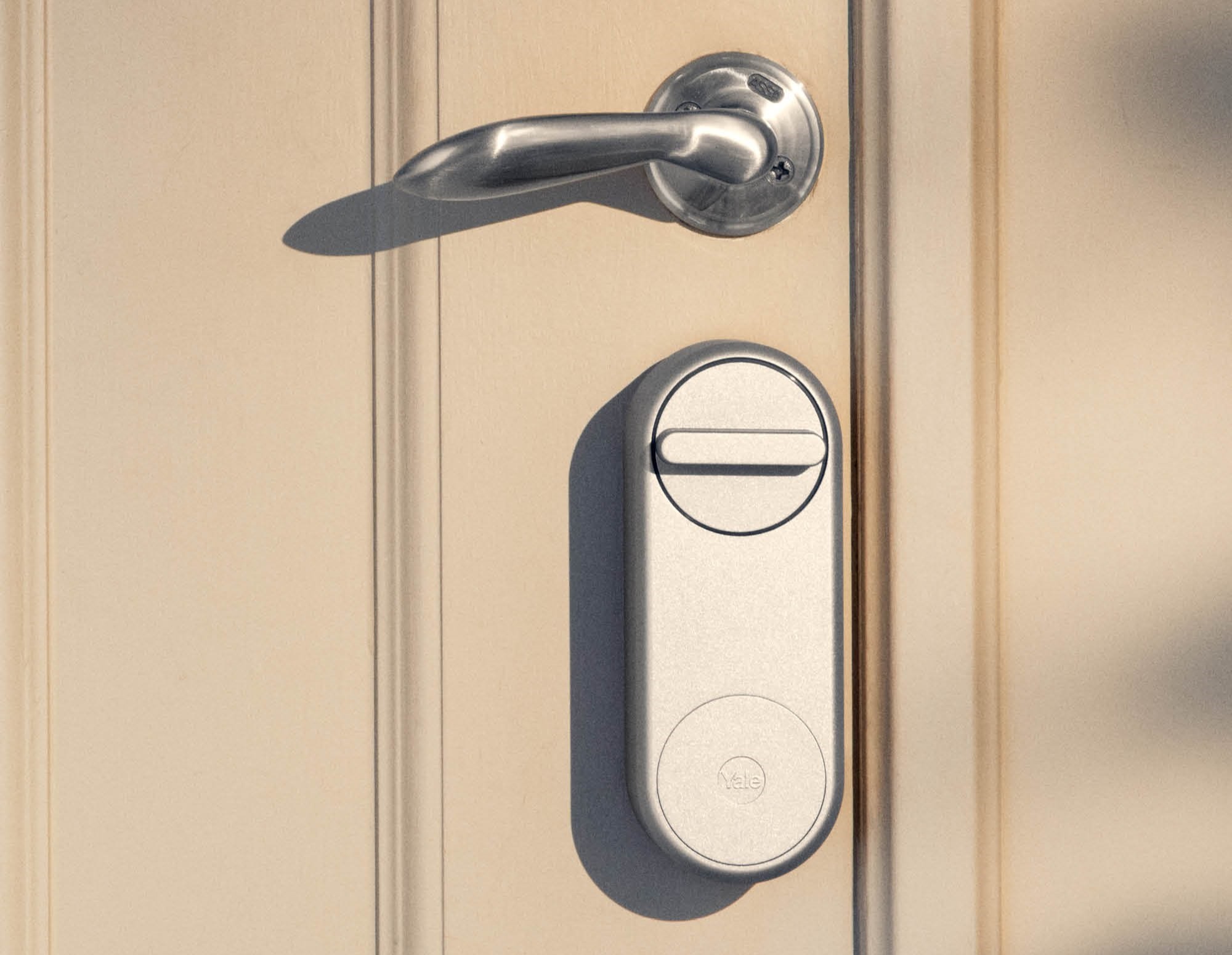
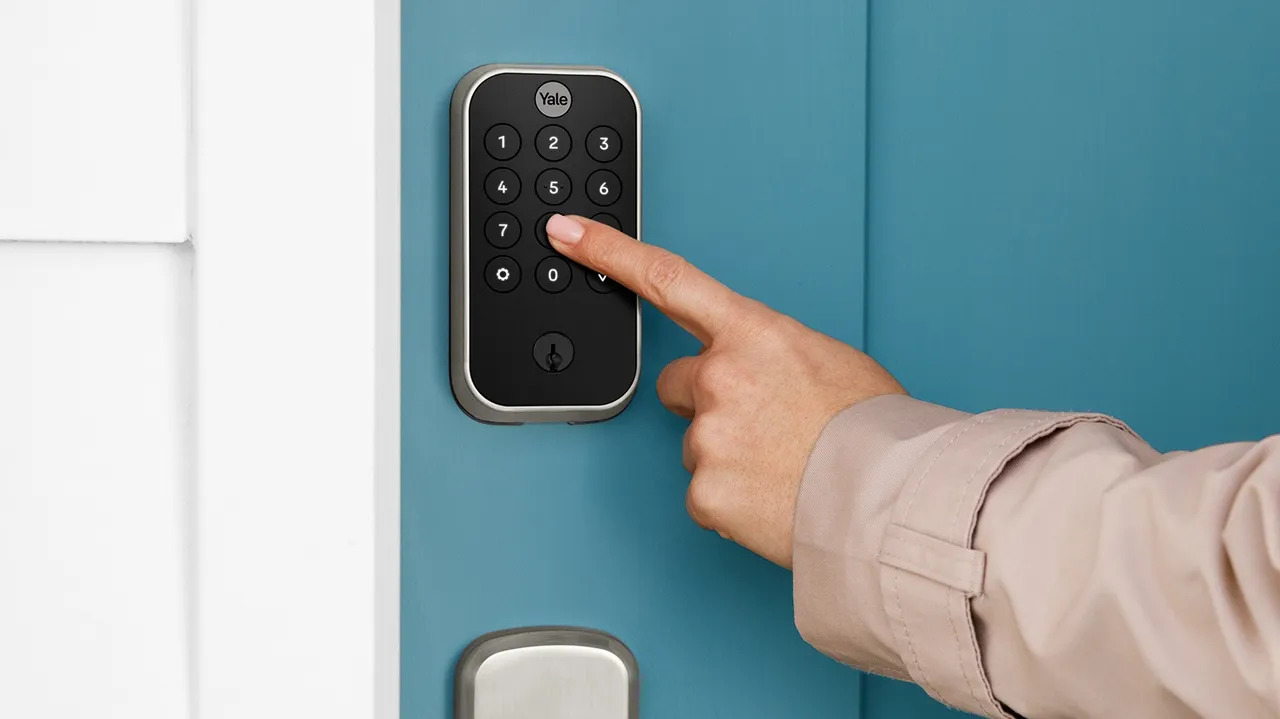
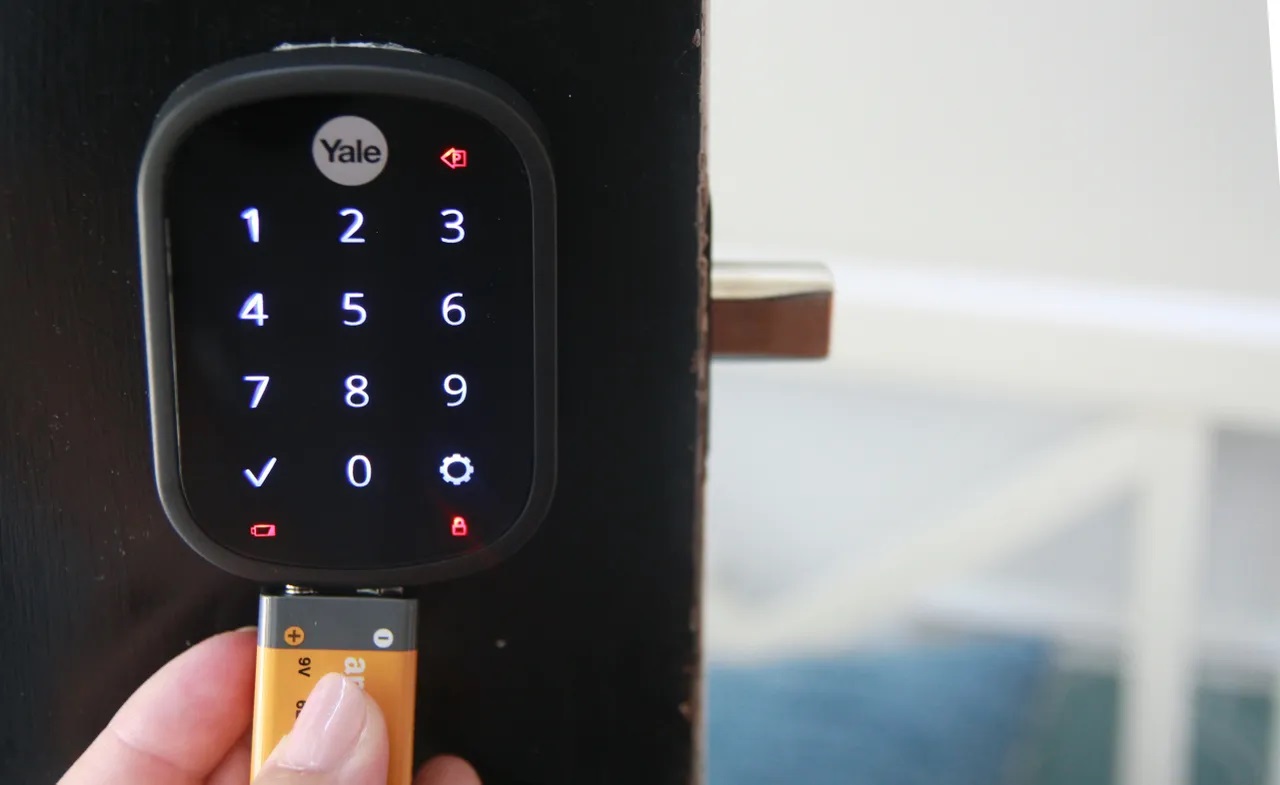
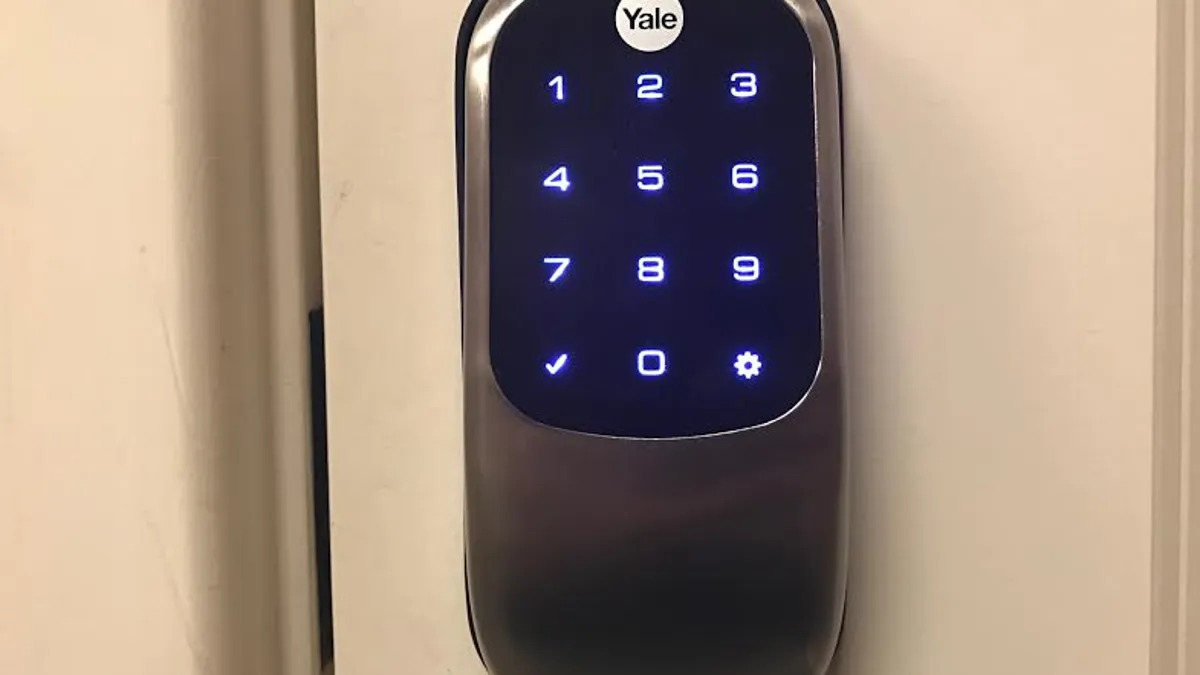
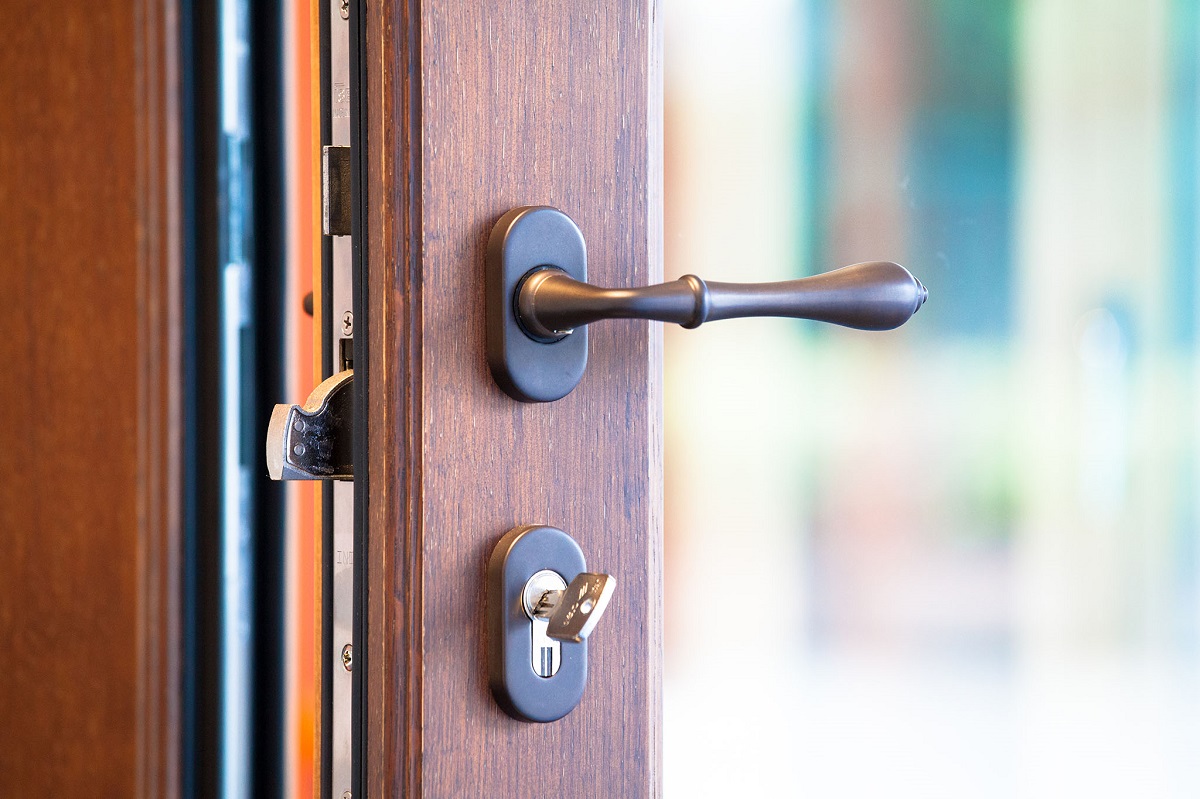
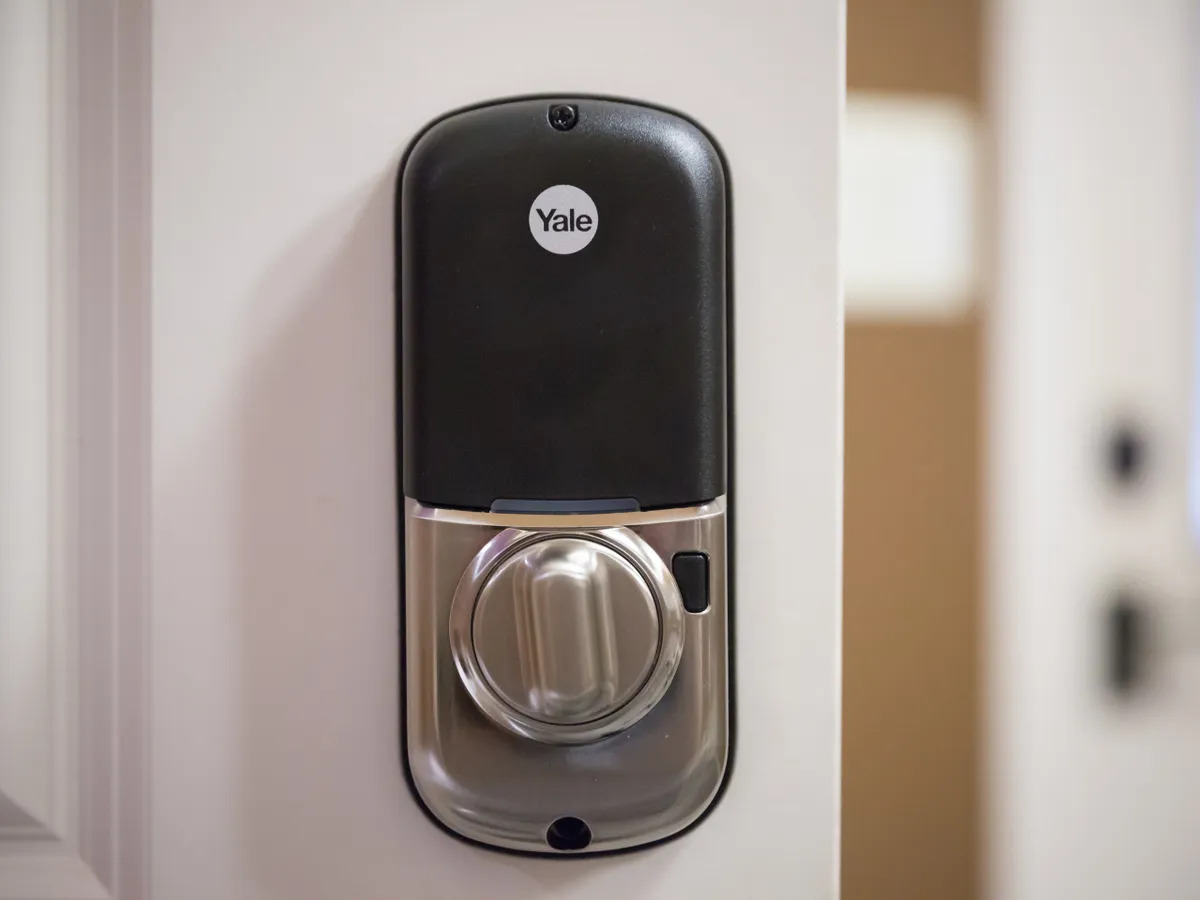
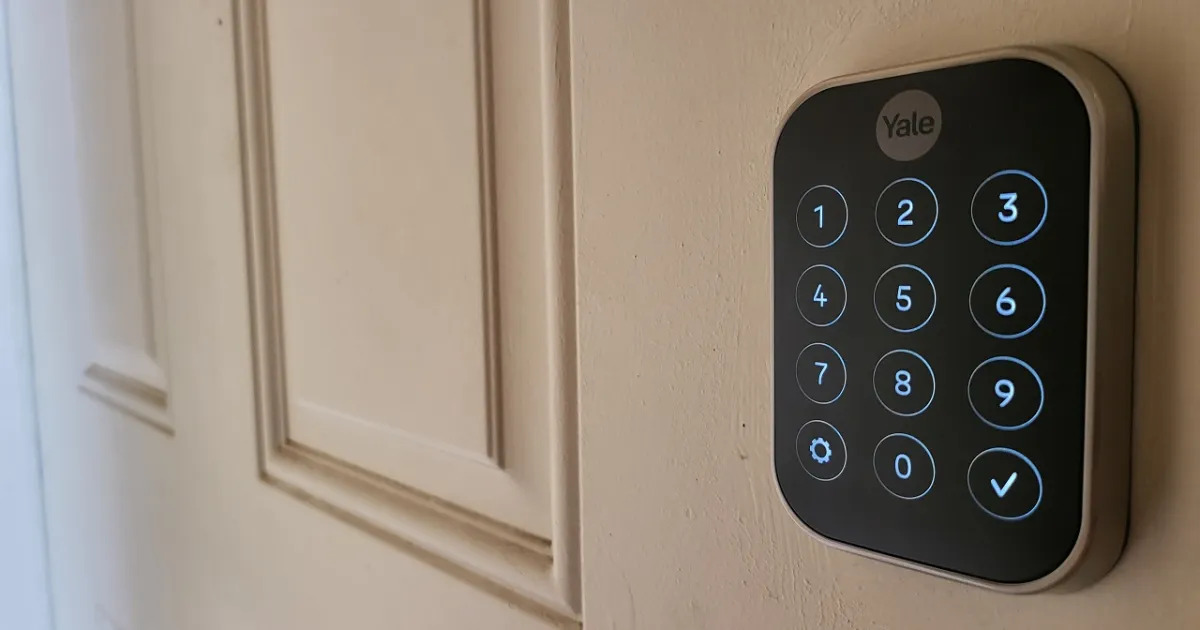
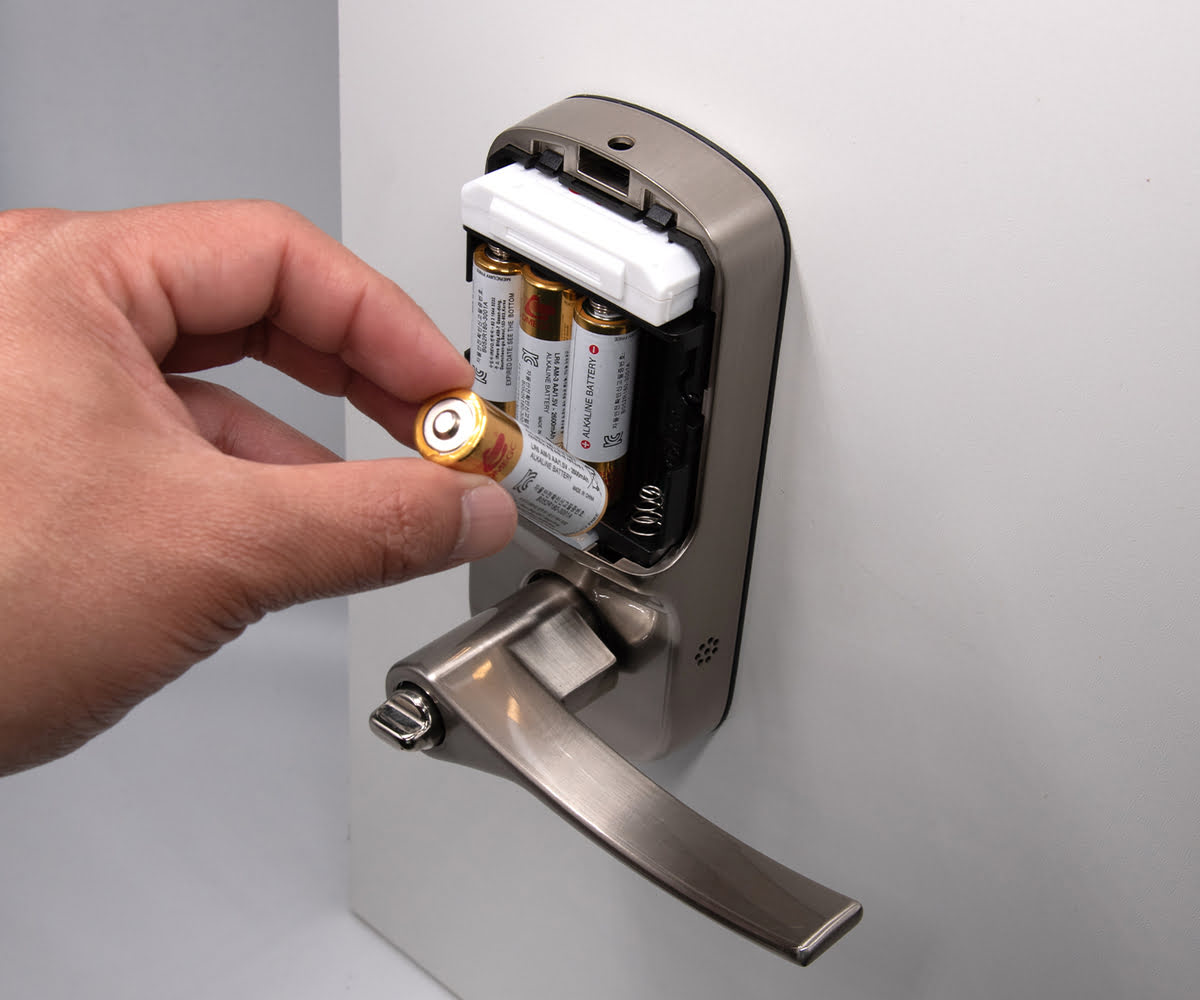
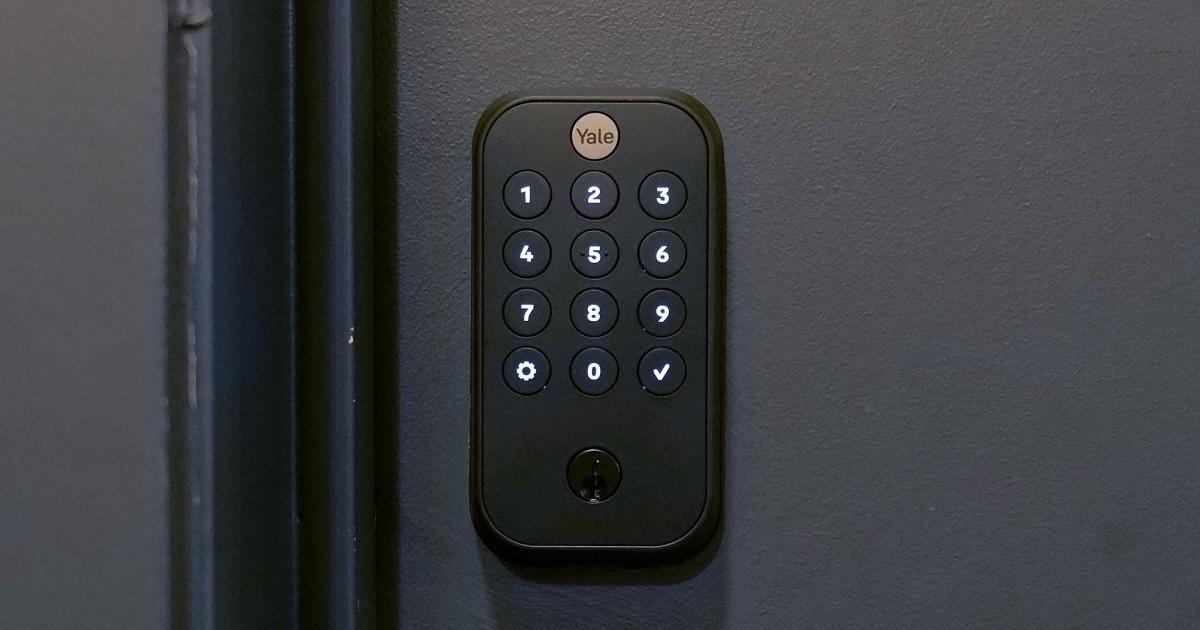
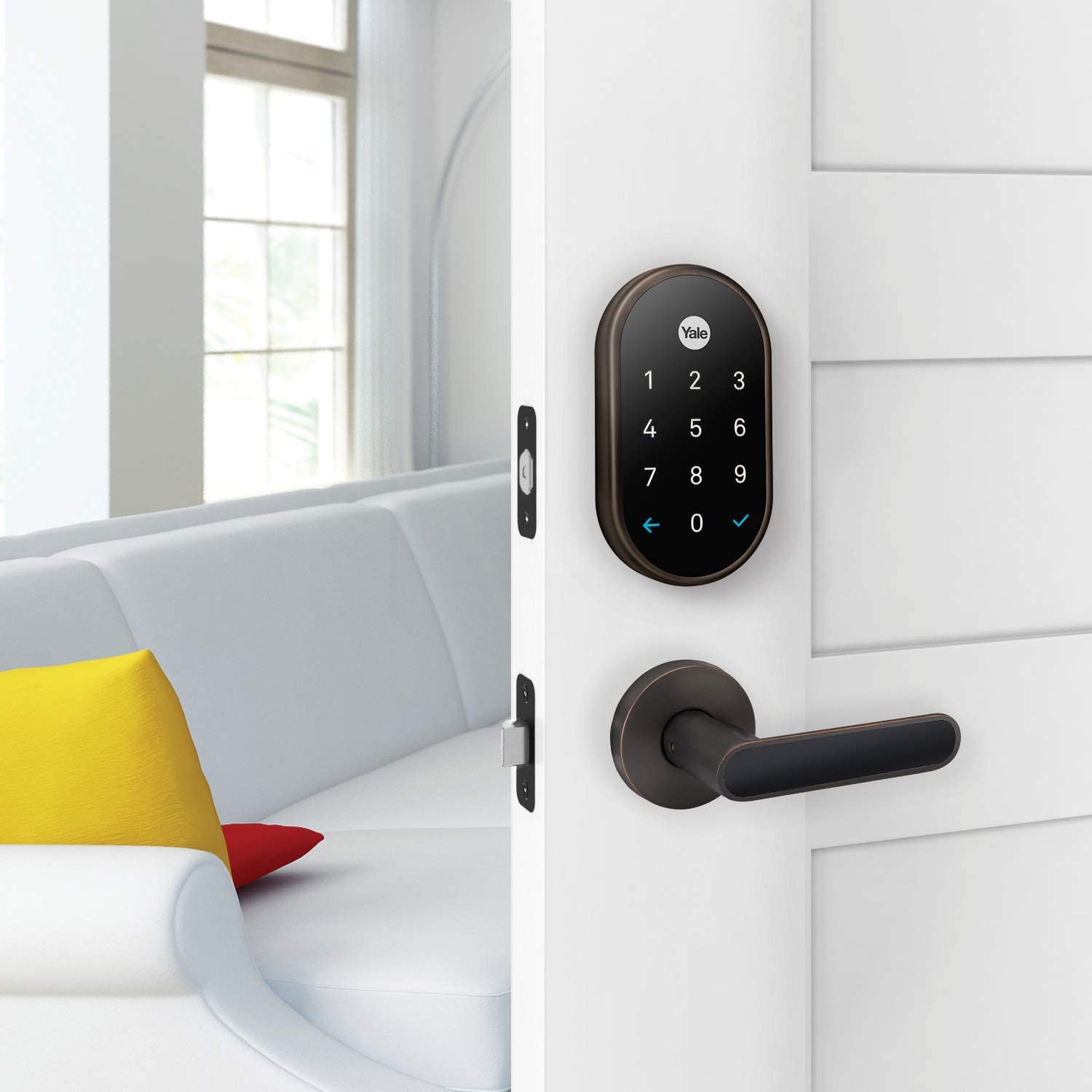
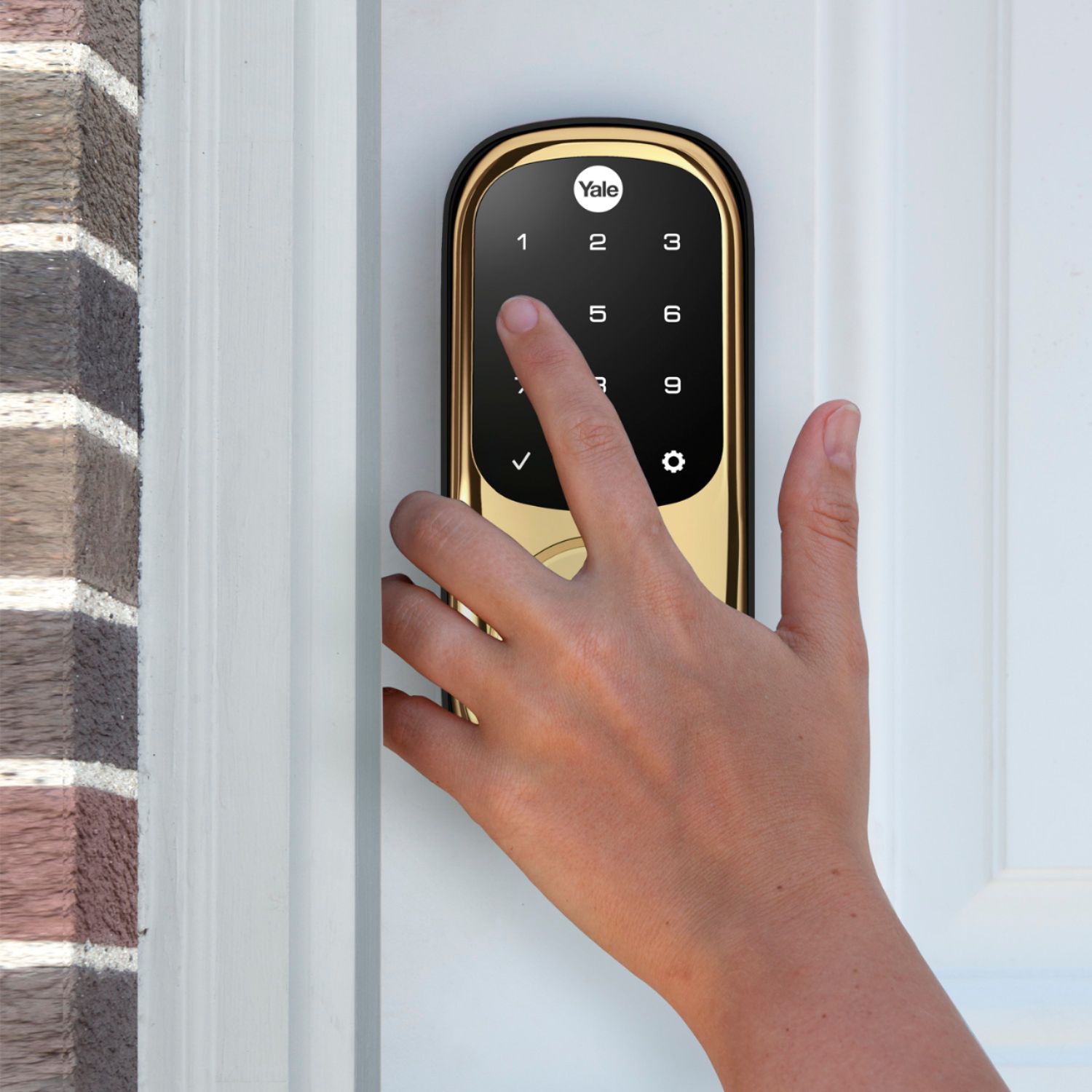

0 thoughts on “How To Use A Yale Door Lock”